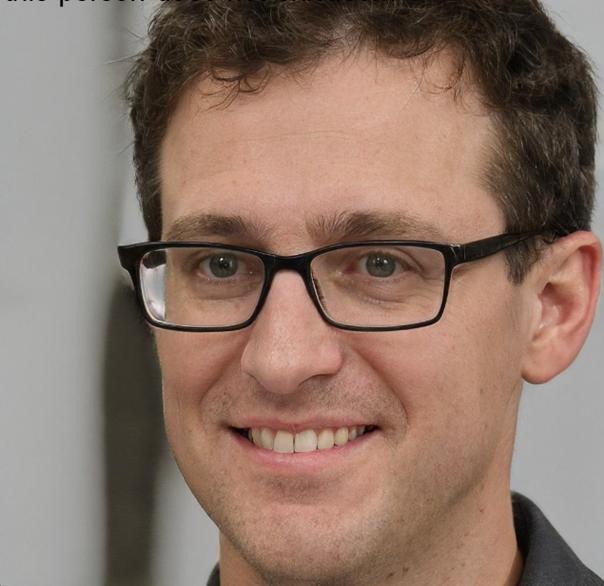25.07.2023
Евгений Лебедев
577

The luxury goods industry has relied on China and North America in recent years, but recent economic data from China and sales figures from Richemont, which owns Cartier and other brands, suggest those markets may be starting to slow down.
Luxury brands are investing heavily in attracting new customers in the two markets by opening new stores outside of traditional luxury malls such as Wuhan, Zhengzhou, Charlotte and Nashville.
Investors are pinning their hopes on Chinese buyers as the cost of restarting post-coronavirus sales in the U.S. is already easing.
But China's gross domestic product (GDP) was disappointing in the second quarter, prompting JPMorgan, Morgan Stanley and Citigroup to lower their growth forecasts for 2023.
On Monday, Richemont reported lower-than-expected sales for the three months to the end of June. Sales in America fell by 4%, sales in Asia also disappointed.
"We can't expect a V-shaped demand recovery in China," Citi analysts said after a conference call with Richemont executives.
In the first quarter, luxury brands such as LVMH and Chanel slowed earnings growth in North America to single digits. It posted double-digit quarterly growth throughout much of 2021 and 2022. Kering and Ferragamo posted double-digit declines year-on-year.
Whether luxury brands can offset the US downturn will depend on how domestic and travel demand in China develops, analysts say.
Luxury brand executives are hopeful that China's resurgence will have a positive impact on the industry in 2023. Bain expects growth to be around 5%.
“The luxury industry seems to be outperforming the Chinese consumer market as a whole, but in fact, if you listen, most people are worried,” said Amrita Banta, managing director of Agility. "There is uncertainty about the future of the economic situation, and this affects almost everyone in China."
The slowdown in US consumption reflects rising prices, rising interest rates and worsening credit conditions, but these factors are having a bigger impact on buyers of "high-end" luxury goods.
According to BCG, the average age of Chinese luxury consumers is 28, which is lower than in other countries. That's why brands expect it to have a positive impact on future growth.
But China's youth unemployment rate hit a record high of 21.3% in June, a hurdle for luxury brands to attract new customers.
“The trend we're seeing in the US and China is that younger, more active consumers feel more pain,” said Elena Sokolova, senior equity analyst at Morningstar.
According to Morgan Stanley, some luxury goods manufacturers make about 40% of their global sales in China. There is growing concern about over-reliance on a single market that could become a future geopolitical hotspot.
Meanwhile, HSBC's Erwan Ramburg said European luxury brands' increased focus on local shoppers in the wake of the pandemic could make them less vulnerable to China risk in 2019.
“Twenty-five years ago, this sector was dominated by Japan and pre-coronavirus China, but now it is focused on the wealth of the world, not one country. However, given the wealth creation in China and the United States and the cultural awakening to luxury in the latter, there is no doubt that these two markets will continue to dominate growth.”
